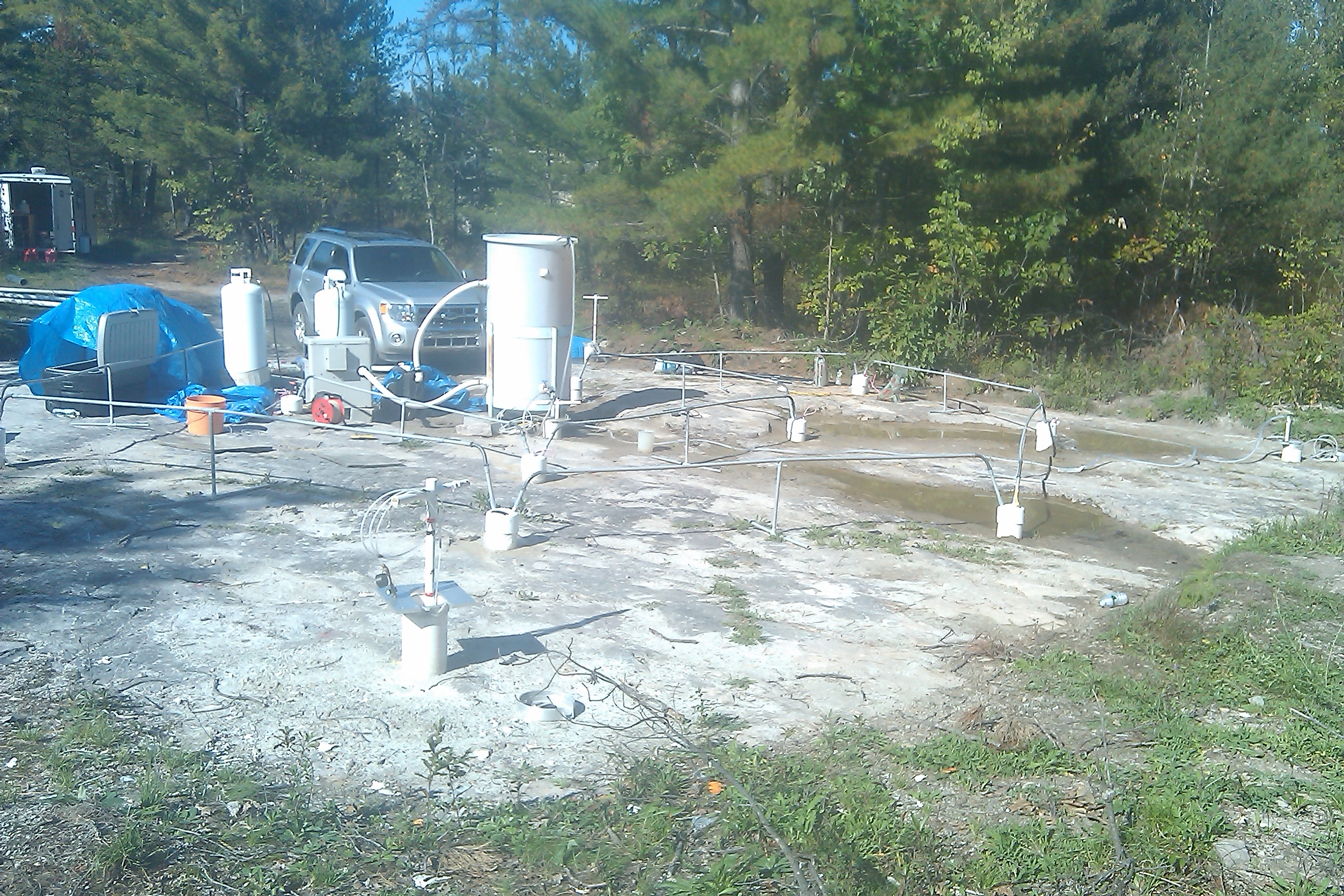A Reactive Tracer Method for Predicting EGS Reservoir Geometry and Thermal Lifetime: Development and Field Validation
Researcher: Adam Hawkins
Principal Investigator: Professor Jefferson Tester
Our group is investigating thermally reactive tracer transport in fractured bedrock. We want to expand their use in the geothermal industry enable to better anticipate thermal breakthrough. Our goal is to: (1) demonstrate the accuracy and precision of tracer-derived parameters in a meso-scale field site; (2) develop an inverse method protocol which can infer fracture aperture distribution and reservoir geometry; and (3) scale the experiments up to a producing geothermal reservoir. This research involves field, laboratory, and computational work. If successful, our results will provide advanced modeling capabilities of geothermal reservoirs in which the potential impact of fracture flow channelization at any given site can be quantified via tracer tests which will allow more accurate predictions of reservoir thermal lifetime.

Altona Flat Rocks fracture flow experimental site. A fiber optic distributed temperature sensing network is shown measuring fracture matrix heat exchange as hot water is circulated through the cold reservoir. These data are used to calibrate hydraulic models which include tracer transport.
